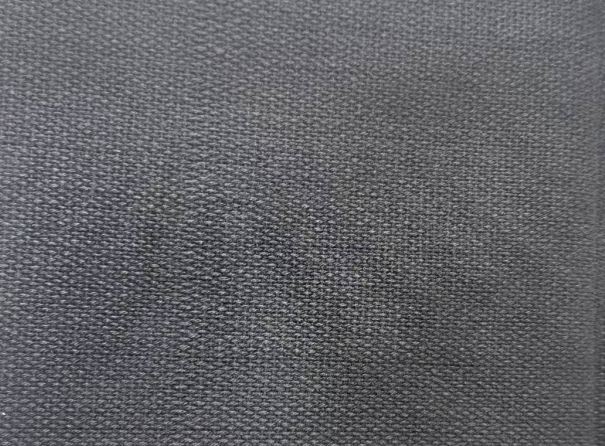





In the realm of high-performance composite materials, preoxidized fibers stand as a pivotal reinforcing element, their properties intimately linked to the overall performance of the composite. The customized service for preoxidized fibers offers a path to significantly elevate composite performance by meticulously controlling the fiber's structure and attributes. Let's delve into how this customization optimizes fiber structures, subsequently enhancing various performance metrics of composite materials.

I. The Significance of Customized Preoxidized Fibers
Preoxidized fibers, resulting from the stabilization of polyacrylonitrile (PAN) fibers, boast heightened thermal stability and oxidation resistance, making them vital precursors for producing high-performance carbon fiber composites. The customization service targets the fine-tuning of preoxidized fiber structures based on the specific application needs of composites, aiming to optimize their overall performance.
II. Key Aspects of Fiber Structure Optimization
1.Fiber Diameter and Morphology: The diameter and morphology of preoxidized fibers directly influence their dispersion and interfacial bonding within composites. Customization enables precise diameter control and morphology optimization, such as enhancing fiber straightness and minimizing burrs, thereby improving dispersion uniformity and enhancing the interfacial bonding strength between fibers and the matrix.
2. Fiber Orientation and Arrangement: The orientation and arrangement of preoxidized fibers significantly impact the mechanical properties of composites. Customization services tailor fiber orientations and arrangements, such as unidirectional alignment or woven structures, to optimize composite strength, stiffness, and other mechanical characteristics based on the loading conditions.
3. Fiber Surface Treatment: The surface properties of preoxidized fibers play a crucial role in their bonding strength with the matrix. Customization includes specialized surface treatments like oxidation and coating to refine surface roughness, enhance surface activity, and consequently strengthen the interfacial bond between fibers and the matrix, boosting the overall composite performance.
III. Performance Enhancements in Composite Materials
1. Improved Mechanical Properties: Optimized preoxidized fiber structures efficiently transmit loads, enhancing composite strength and stiffness. Stronger interfacial bonding minimizes delamination and peeling under stress, improving fatigue resistance and durability.
2. Elevated Thermal Stability: As products of high-temperature stabilization, preoxidized fibers inherently possess high thermal stability. Customization further refines their fiber structure, bolstering the composite's heat resistance and broadening its application.
3. Lightweight Design: In aerospace, automotive, and other industries, lightweighting is crucial. Optimized preoxidized fiber structures ensure composite performance while reducing density and weight, facilitating lightweight designs.
IV. Conclusion
Manmu Technology's customized preoxidized fiber service powerfully supports the enhancement of composite material performance. By meticulously addressing fiber diameter, morphology, orientation, arrangement, and surface treatment, this service precisely meets the performance demands of composites in diverse applications. As technology advances and markets evolve, customized preoxidized fibers will continue to play a pivotal role, driving continuous innovation and growth in the high-performance composite materials industry.
No. 1800, Xuefu Road, Jinshan District, Shanghai
151946565@qq.com
+86 13911360732
+86 13911360732
No. 1800, Xuefu Road, Jinshan District, Shanghai
151946565@qq.com
+86 13911360732
+86 13911360732